
| Print | Back |  |
November 18, 2013 |
 |
Moments in Art Circus in the Eyeby Lawrence Jeppson |
Several decades ago I thought seriously about writing a book about circus art. I began collecting materials and thinking about making a trip to the Circus World Museum in Baraboo, Wisconsin. I had previously had an unpleasant encounter with one of the Ringling Museums in Florida.
Those files were among the many things I discarded prior to moving from Bethesda/Potomac, Maryland, to downtown Salt Lake City seven years ago. That hasn’t killed my latent curiosity about circus art, just my desire to do a whole book about it.
Some circus art is high-ended, created by the serious artists I usually write about in “Moments.” Some of it is folk art, sometimes primitive, sometimes quite expert. Some of it is advertising art, some is craft work.
The three most important parts are advertising posters, circus wagons, and handcrafted carousel figures. All of it is iconic. That is, circus art produces visual images, from the very rich to the tawdry.
I can’t remember when or where I saw my first circus. I grew up in Carson City, Nevada, and although it was the state capital, the population was only 3,000. (There were only 90,000 in the entire state.) Each summer a small-time wandering carnival would set up for a few days on the outskirts of town. I have a vague recollection of watching roustabouts putting up a tent but have no recollection of anything going on inside. I don’t recall seeing any animals or a circus parade.
These carnivals were mainly rides: octopus, tilt-a-whirl, bumper cars, merry-go-round, and a ride that did a full vertical circle, which put riders fully upside down. There was a sideshow and all the other little things that go with commercial carnivals. There was nothing artistic about any of that.
I’ve seen big-time three-ring circuses. Where? When? Can’t remember. I am sure that on least one occasion my wife and I took our children to see Ringling Brothers & Barnum & Bailey in Washington, D.C. (probably at the Uline Arena), and I think I’ve seen a Paris circus.
The last circus I went to was in Copenhagen, Denmark, although I have since seen a production on the New York Stage similar to Cirque de Soleil, which fundamentally is a fabulous acrobatic production, no tents, sideshows, or cotton candy.
On the high end, the most famous circus art may be two Post-Impressionist depictions by Georges Seurat (1859-1891). Very scientific in his approach to painting, he devised the technique known as Pointillism. The technique requires the precise juxtaposition of tiny dots of color which the eye would blend optically.
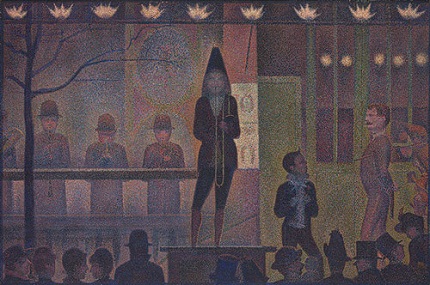
Seurat spent two years painting A Sunday Afternoon on the Island of La Grande Jatte. A century later this would inspire the Stephen Sondheim/James Lapine Pulitzer-winning Broadway musical Sunday in the Park with George. The painting itself is in the Art Institute of Chicago
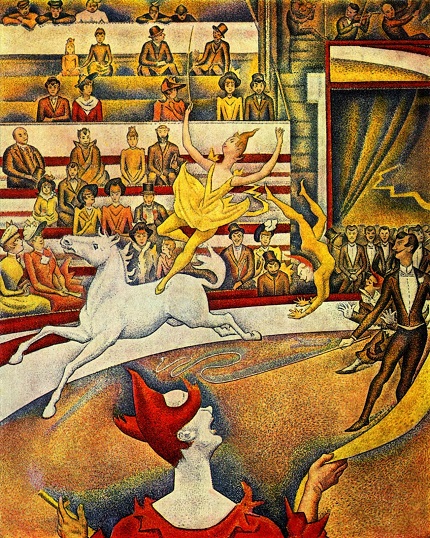
The best place to see circus art is at the Circus World Museum in Baraboo, Wisconsin. The museum owns 215 circus wagons, which must be the largest collection anywhere. Thirteen of them, including eight mobile animal cages, date from the 1800s to the early 1900s. The museum was a prime resource for the novel and then the 2011 movie Water for Elephants, which starred Reese Witherspoon and Robert Pattison.
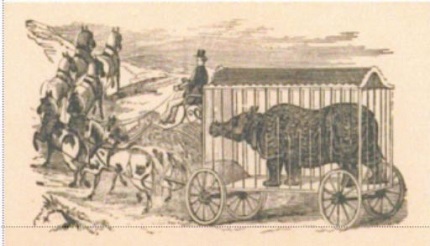
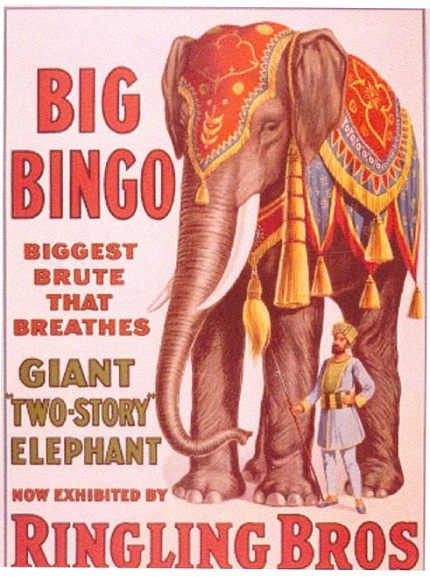
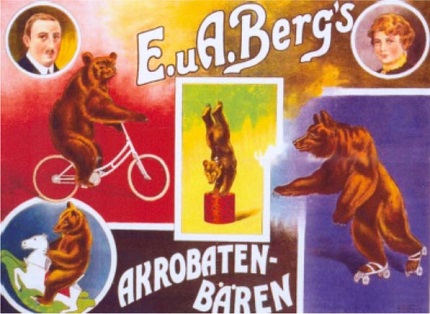
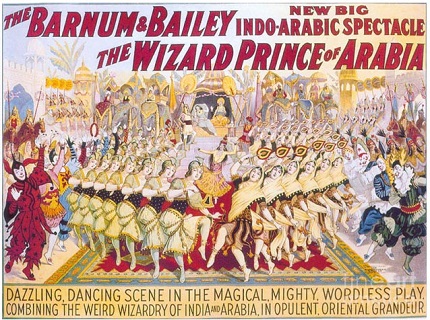
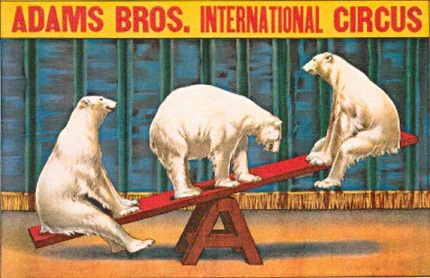
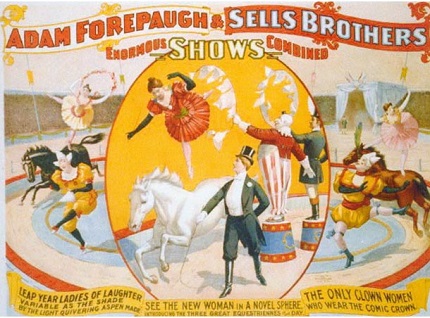
You gotta see this show!
| Copyright © 2025 by Lawrence Jeppson | Printed from NauvooTimes.com |